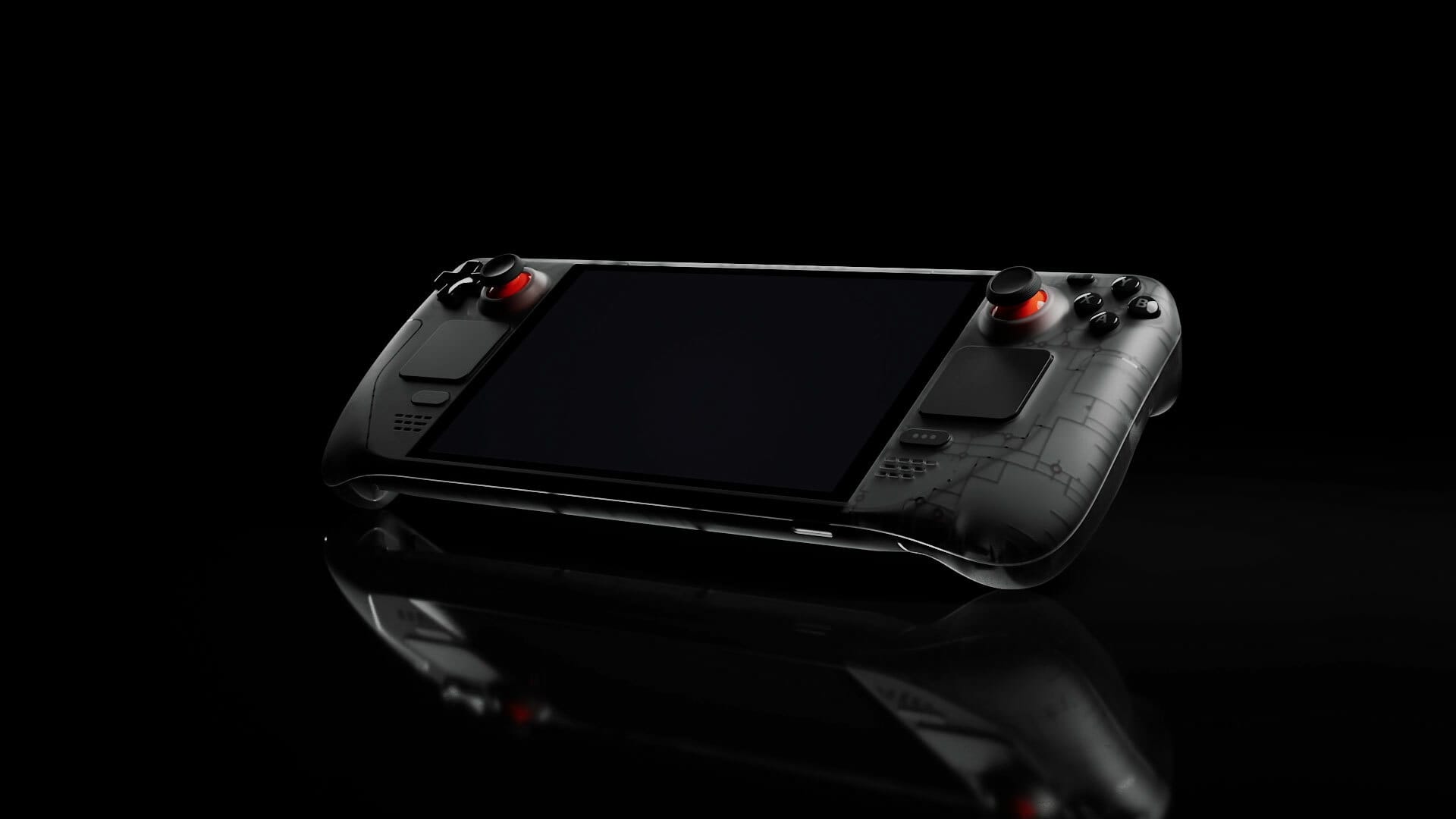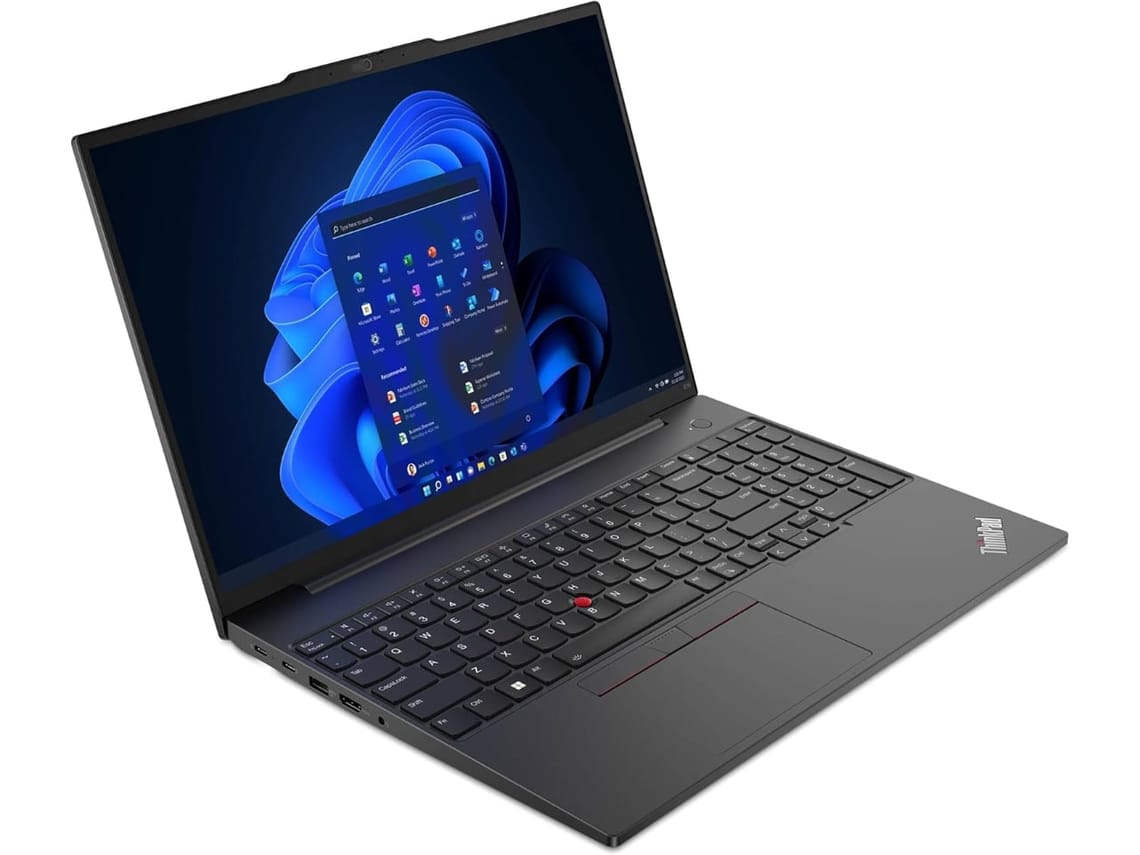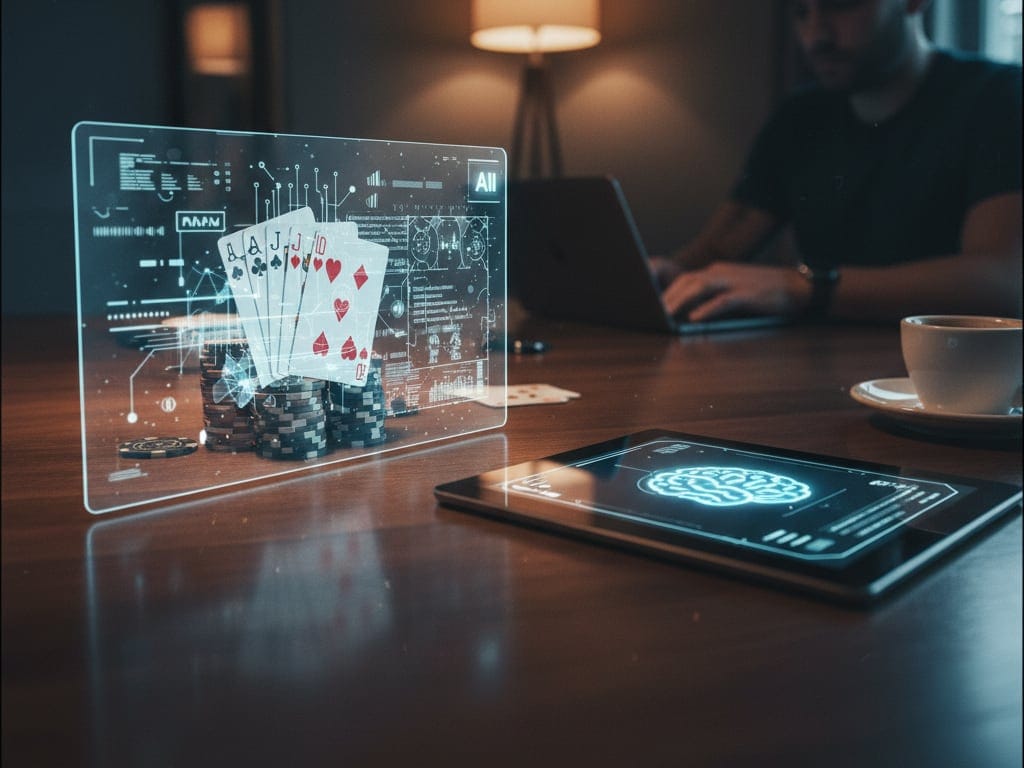- Valve says it has a clear idea of Steam Deck 2, but hardware isn't there yet.
- A mere 20-50% performance bump at the same battery life isn't enough; it wants a bigger, next-gen jump.
- The company is waiting on new SoC advances before green-lighting a successor.
Valve isn't rushing a Steam Deck 2. In comments flagged this week, Valve engineer Pierre-Loup Griffais said the team knows what a true successor should be - but the silicon to make it happen isn't ready. Small gains won't cut it. Until a new chip delivers a clear jump in performance and battery life, the current Deck stays put.
Why Steam Deck 2 isn’t ready
Valve doesn’t want a half-step that confuses developers or buyers. It’s holding out for a proper leap.
- Valve is “working back from” future silicon and architectures.
- A 20–50% bump at the same battery life is not worth a new generation, per Griffais.
- The company wants a clearly “demarcated” performance tier, not a rounding error.
Valve’s stance is blunt: slapping a slightly faster chip into the same shell won’t qualify as a Steam Deck 2. That would complicate game support and risk worse battery life. The team wants a next-gen SoC that raises frame rates and efficiency enough to justify a clean break. Until that exists, plans stay on ice.
What counts as “next-gen” for a handheld
The target isn’t just higher FPS—it’s higher sustained performance within a handheld power budget.
- Significant uplift over today’s Deck at the same or better battery life.
- Improved architecture, not just clock bumps.
- Enough headroom to keep a fixed performance target simple for developers.
The original Deck works because every unit plays the same library at predictable settings. Valve doesn’t want to splinter that promise. That means waiting for a chip that offers a notable step forward within 15–30W—without turning the device into a pocket-heater.
The other Valve hardware on the horizon
Valve did reveal three new devices this week. None of them is Deck 2.
- Steam Machine: a tiny living-room PC running SteamOS.
- Steam Frame: a wireless, streaming-focused VR headset.
- New Steam Controller: a fresh take on the Deck’s flexible inputs.
- Target launch: early 2026, pricing TBD.
These won’t replace the Deck. Instead, they extend Steam to the TV and VR while Valve keeps studying the handheld silicon roadmap. For more details on what each device aims to do and what UAE buyers should expect, read our breakdown.
Related on Tbreak: Valve’s three new hardware plays explained
What to expect next (realistically)
Don’t expect a surprise Deck 2 this year—or early next.
- In 2023, Valve signalled no next-gen Deck “in the next couple of years.”
- In Nov 2025, the message remains: wait for the right SoC.
- The earliest shift could align with new silicon cycles, but nothing is promised.
Valve is playing the long game. If you want a handheld now, buy on today’s merits. If you’re chasing a big leap in performance and battery life, you’ll be waiting until the chip landscape finally delivers what Valve wants.
Is Steam Deck 2 confirmed?
Valve says it has "a pretty good idea" of what it wants to build, but it won't proceed until there's a true next-gen SoC. That's not a formal product announcement or timeline.
How much faster would Steam Deck 2 be?
Valve won't ship a device that's only 20-50% faster at the same battery life. It's holding out for a more noticeable jump without sacrificing efficiency.
Should I wait or buy a Steam Deck OLED now?
If you need a handheld today, the OLED model is still the one to buy. Valve continues to improve it via updates like screen-off downloads. If you want a major performance leap, be prepared to wait.
Subscribe to our newsletter to get the latest updates and news









